| اسماء اخرى | شفرات التثقيب، قاطعة الدرجات المثقبة |
|---|---|
| مكان المنشأ | الصين |
| طلب | البلاستيك، الورق، اللوح، غير المنسوج، الفيلم، رقائق معدنية، الملصقات، الشريط، النسيج، التغليف، السجاد، الحقائب، النوى، المطاط، اللفائف |
| مادة | 65Mn،9CrSi،Cr12MoV،SKD-11،HSSl |
| رقم الموديل | السيرة الذاتية-PK |
| خدمة صانعي القطع الاصلية | متاح |
| شروط الدفع | خطاب الاعتماد، تي/تي، ويسترن يونيون |
| طَرد | صندوق كرتوني، في حالات خشبية |
| موعد التسليم | 7-20 يومًا |
مشاركة إلى:
A perforating blade, also known as a perforation blade, perforated blade or hole saw in some contexts, is a specialized cutting tool designed to create a series of small cuts or holes in a material, leaving behind uncut sections. This allows the material to be easily torn or separated along the perforated line. The term “perforating” itself implies the act of making a line of holes or tears in something so that it can be easily broken off. In industrial applications, perforating blades are crucial for creating controlled weaknesses in materials for various purposes, from packaging to paper products.
Perforating blades find extensive use across a wide range of industries due to their ability to create easy-tear lines. Some common applications include:
The choice of material for a شفرة مثقبة depends on the material being cut and the demands of the application. Common materials include:
The selection of the appropriate material ensures the perforating blade maintains its sharpness and provides consistent performance over its lifespan. Coatings like black oxide can also be applied to improve wear resistance and aid in identifying wear.
شفرات مثقبة come in various shapes and configurations to achieve different perforation patterns and cutting actions. Some common shapes include:
The working principle of a perforating blade involves applying pressure to the material at specific points or along a line, creating a cut or a series of cuts. The geometry of the blade, particularly the teeth and the cutting edge, determines the length and spacing of the perforations. For rotary blades, the continuous rotation ensures a consistent perforation along the material’s path. The “cut and tie” ratio is a critical parameter, defining the length of the cut and the remaining uncut material, which dictates the ease of tearing and the strength of the perforated material before separation
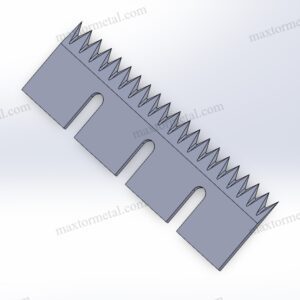

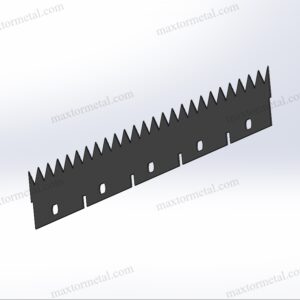
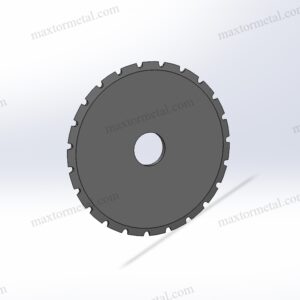
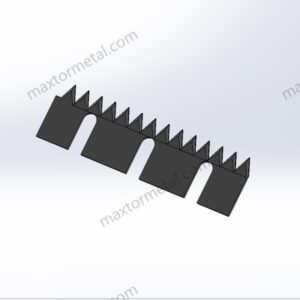
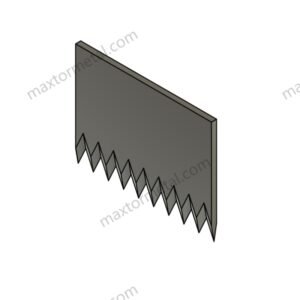
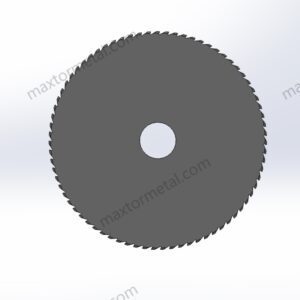

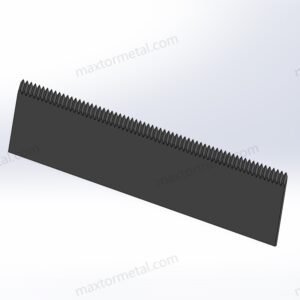
من السهل الاستمتاع براحة الاستيراد، من النقل إلى التخليص الجمركي، فنحن نتولى العملية برمتها، ما عليك سوى دفع ضريبة القيمة المضافة وانتظار وصول البضائع إلى الشركة.
لقد رأينا شفراتها تُستخدم في عدد لا يحصى من التطبيقات، ونحن على استعداد للتعامل مع أي مشروع تطرحه في طريقنا - مما يوفر الدقة والمتانة وأسعار تنافسية لا مثيل لها.
سواء كنت تقدم رسومات أو مخططات أو عينات، فنحن قادرون على الرسم والتصنيع لك. كما لدينا القدرة على المساعدة في تعديل التصميمات والمواصفات الحالية لتحسين أي تطبيق للأدوات الصناعية تقريبًا. يرجى الاتصال بفريق المبيعات المخصص لدينا لمناقشة متطلباتك المحددة.
يتم إجراء سلسلة من الاختبارات والفحوصات للتحكم في الجودة، بما في ذلك فحص المادة الأولية، وفحص المواد الواردة، والمواد المعتمدة، وفحص الجودة أثناء العملية، وفحص الجودة النهائي.
سواء كنت مستوردًا أو موزعًا أو تاجر جملة أو مستخدمًا نهائيًا، فنحن نرحب بك للانضمام إلينا مع الحد الأدنى من الحد الأدنى لكمية الطلب، وعدم وجود متاعب للاستفسار ومزيد من الحرية للشراء.
كن مراقبك الحصري، وقم بالنقل المنتظم لكل عقدة مهمة في خط الإنتاج، بغض النظر عن مدى بعدها، حتى تتمكن من فهم تقدم المنتج قدر الإمكان!
نانجينغ المعادن الصناعية المحدودة
منطقة مينجوي الصناعية، ليشوي، نانجينغ، جيانغسو، الصين
ابق على اطلاع بأحدث أخبارنا.